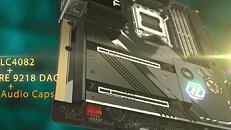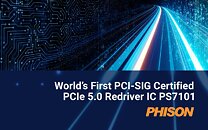
Intel Core i9-13900 "Raptor Lake" Processor Gets a Preview
Intel is preparing to launch its 13th generation of desktop processors codenamed Raptor Lake. Succeeding Alder Lake, the 13th gen design will implement up to eight P-cores with 16 E-cores manufactured on Intel's improved 7+ technology node. Today, we got a performance preview from SiSoftware that has collected SiSoftware Sandra database scores of Intel Core i9-13900 Raptor Lake-S processor. They present an overview of a few benchmarks. Firstly, the SoC features 36 MB of unified L3 cache versus 30 MB in Alder Lake. With DDR5 memory running up to 5600 MT/s and PCIe 5.0, the SoC features the latest IO and memory standards. The big P-cores now lack AVX-512 and feature 2 MB of L2 cache per core. We see 4 MB of L2 cache for a cluster of small E-cores. An exciting addition to E-cores is the AVX/AVX2 support, which is a first for Atom cores.
Regarding testing, the author has collected a few tests that seemed appropriate to compare to the equivalent Alder Lake model. Starting with ALU/FPU tests that benchmark basic arithmetic tasks, Raptor Lake delivered 33% to 50% improvement over Alder Lake. The Raptor Lake design achieved this with 3.7 GHz P-Core and 2.76 GHz E-Core frequency. In vectorized and SIMD tests, the 13th gen design showed only 5% to 8% improvement over the previous generation. For more benchmarks and accurate results, we have to wait for TechPowerUp's test, which will be coming on the release day.
Regarding testing, the author has collected a few tests that seemed appropriate to compare to the equivalent Alder Lake model. Starting with ALU/FPU tests that benchmark basic arithmetic tasks, Raptor Lake delivered 33% to 50% improvement over Alder Lake. The Raptor Lake design achieved this with 3.7 GHz P-Core and 2.76 GHz E-Core frequency. In vectorized and SIMD tests, the 13th gen design showed only 5% to 8% improvement over the previous generation. For more benchmarks and accurate results, we have to wait for TechPowerUp's test, which will be coming on the release day.
















































